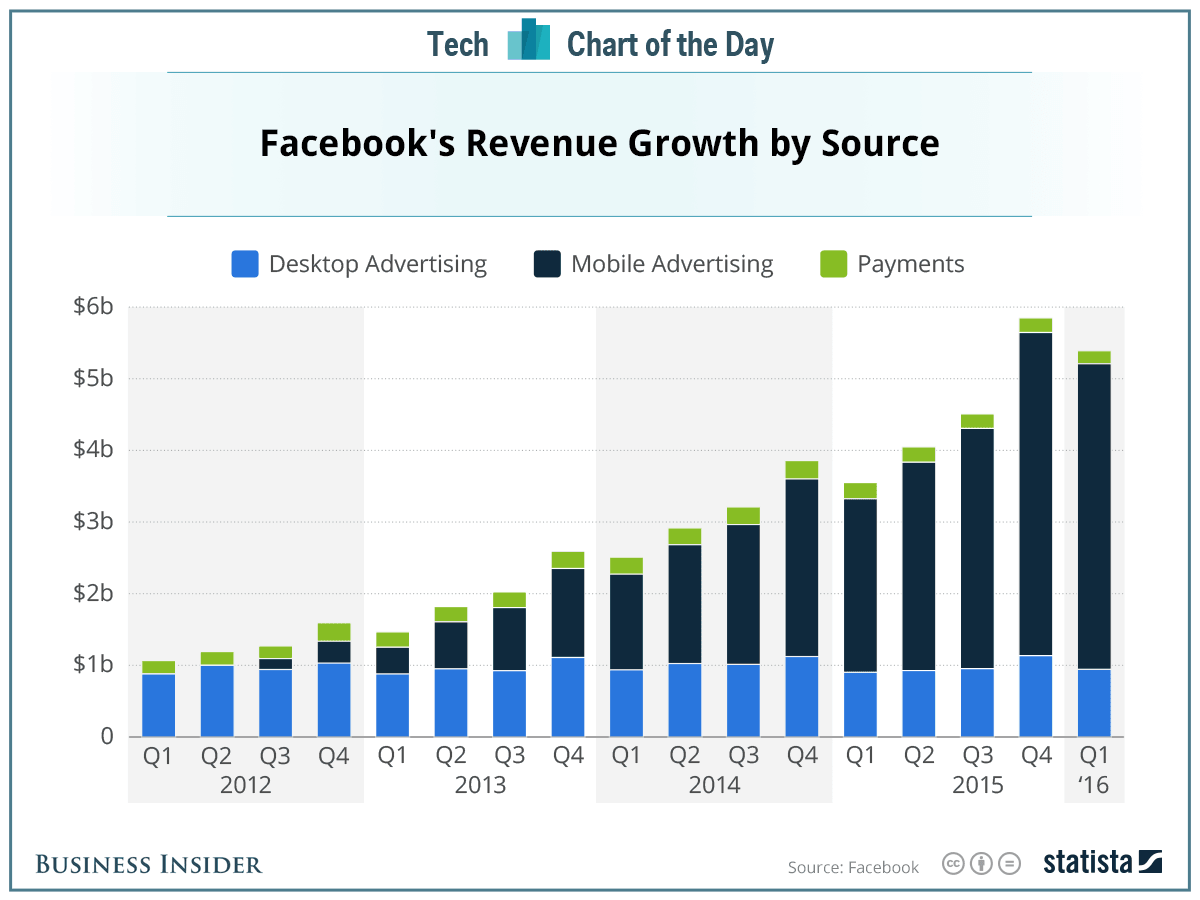
I remember when I started in digital marketing back in 2009. It was amazing that I could change some things on my site and it would rank for specific keywords which would then bring targeted traffic to my site and people would pay me money for things.
It was like magic.
Eight years later, the non-tech world is waking up to the power of the internet and digital marketing. As you look across industries, you see that more and more traditional businesses such as brick-and-mortar stores (think dentists), real estate, and restaurants are taking digital seriously.
Some of this new interest by these businesses, in my opinion, is due to the proliferation and normalization of these insanely powerful devices we all carry in our pockets or hands. We still call these “phones”, but in reality they are computers that are way more powerful than the computers used to send people to the moon back in the 1960s.
The year of local digital marketing?
The digital world has talked about “the year of mobile” for literally years. Forbes said it in 2014, declaring it the third straight year of the year of mobile. Then again in 2015, Forbes said it. And you guessed it, 2016 was the year of mobile too according to LifeHack.
When we have a look at the data, I think it supports that the year of mobile was never a year, but rather a gradual rise into mobile becoming the dominant platform of use for the web.
Here are some stats for you:
- In 2016, Facebook’s 2016 advertising revenue was forecast to end up around $26B (billion) total. Mobile made up $21.98B, or approximately 80 percent, of that. Facebook is a mobile company. (link);
- Mobile makes up 69 percent of programmatic digital display advertising. (link);
- Instagram is one of the fastest-growing social networks with over 500M users, and it’s directly integrated with Facebook advertising. (link).
SMBs are spending more in 2017
According to this eMarketer post (with data from Thrive Analytics), US small to medium businesses are planning to spend more on advertising, and specifically advertising on mobile, in 2017.
Why? Because more and more people own smartphones.
In the United States alone, according to Comscore, 80 percent of mobile phone users now have a smartphone of some kind. This has been expedited thanks to:
- Apple’s C-series of the iPhone (my own parents have this);
- Android’s low-end smartphones that many carriers give away now just like they gave away flip phones in the past;
- A strong used smartphone marketplace of people selling their lightly used phones when they upgrade to the next model.
As smartphones proliferate and advertising platforms mature into functional , businesses are shifting their spend from traditional advertising to mobile to take advantage of this trend. Some of the opportunities at their disposal include:
- Google AdWords and Facebook Ads local targeting. Businesses are able to target users within a distance range of the business’s address;
- SnapChat filters can be targeted to users at a specific locale. Think about the power of doing this for a local restaurant near Coachella or another big music festival;
- Yelp advertising can help you be recommended on your competitor’s Yelp profile page as a recommended similar business, which could be powerful on mobile;
- Instagram’s explosive growth and popularity while people are out and about makes it powerful for design-driven local businesses.
Small local businesses can thrive if they get on the digital marketing train, and if they don’t then the elephant in the room is going to take them out.
Amazon
Amazon is the elephant in the room during today’s conversations around local businesses and marketing.
According to this article, Amazon’s Prime business has over 80 million subscribers. At $99 per year on the current pricing (though there are some legacy subscribers on a cheaper price and some paying the $10.99 monthly charge which adds up to approximately $130 per year), this business nets Amazon around $8 billion per year in subscription fees alone. This doesn’t even count the money they make from products that Prime members buy!
Amazon is a huge business. In fact, my wife and I buy our shampoo, soap, toilet paper, and dog food from Amazon. Some of this is even on a schedule so that we never run out of whatever product.
So can small or local businesses even compete? My answer is yes, but you have to work at it.
Take local chains in the US like CVS or Walgreens. They’re everywhere in major American cities, and the competition has been fierce. But today, their stores are increasingly empty because of Amazon.
So how do they compete?
How small and local digital advertising could look
Some local businesses, such as car dealerships, will likely never face a real digital competitor. I assume back in the early 2000s they feared that places like eBay or Craigslist may take an increasingly large share, but used car dealerships are still going strong so we can assume these two have not made a meaningful difference.
Other local businesses, like restaurants, also don’t have to compete with Amazon but they do have to compete with local delivery services or companies that provide lunch for your company within the office. But this presents an opportunity as well.
But just because a business isn’t facing Amazon or Craigslist-level competition or potential extinction doesn’t mean they don’t need to innovate in the digital world to stay relevant.
I have four main areas that every local business needs to look to in order to survive and even thrive in our digital world. Not all of these will work for every business, but they are at minimum good thought experiments and at best new channels through which to grow:
- Location-based advertising, as talked about above with tools like Facebook or Instagram;
- Leverage startups like Caviar/Seamless/Postmates/Instacart to allow customers to order online and have their purchases delivered rather than requiring an in-store visit. At minimum, innovate to allow ordering ahead like CVS is doing and Starbucks has done;
- Provide superior in-store experiences or super convenient locations. One of the reasons I do not go to my local CVS is because the store is horribly laid out, far away thus requiring a drive or requiring a trip downtown to visit the store, and I can order in three minutes on Amazon for cheaper and get it the next day for free. Amazon can compete on convenience, but they can’t compete on in-store experiences (yet); and
- Build out ecommerce channels and then leverage tools like retargeting via Facebook to drive sales online. We’ve recently seen businesses who have not innovated into the online world take a beating on the public markets. Don’t suffer the same fate.
I do not envy the local businesses who are up against stiff online competition, but hopefully this article gives you some ideas for how to remain relevant and continue to thrive in business in the face of increasing competition.
Lead photo via Unsplash
Get the TNW newsletter
Get the most important tech news in your inbox each week.






